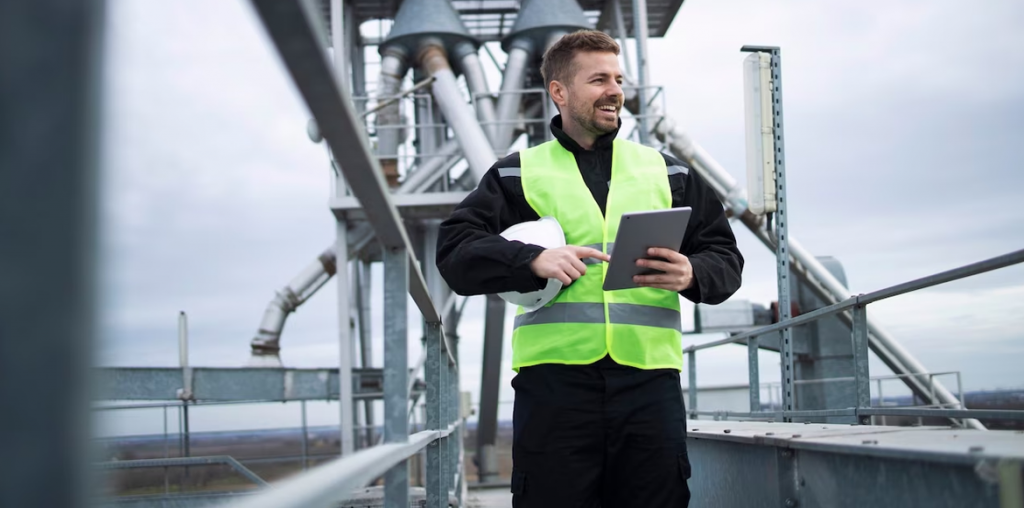Maritime Risk management – Yesterday, Today and Tomorrow

“It would have been safer for ships to be alongside forever, but that’s not what they are built for “
Maritime Risk Management is a shared responsibility. Seafarers and office staff need to demonstrate commitment to preventing accidents and incidents that have the potential to cause harm from occurring. In the recent past companies have taken substantial action in reducing overall accidents at sea. One such action which has impacted risk management methodology is use of big data analytics for proactive risk management. Innovative leading indicators for risks, when designed and executed properly enables a forward-looking identification and assessment of risk attributes that would affect a vessel negatively. This in turn allows for implementation of risk mitigation measures before adverse events occur.
The ongoing digital transformation in the maritime industry has presented an opportunity for development of these leading indicators which has positively influenced the maritime risk management domain globally. Availability of extensive data and use of big data analysis has allowed for exploration of innovative maritime risk management solutions. Technology companies have been able to use data coupled with intelligent algorithms to calculate and provide leading risk indicators for ship types.
Mathematically risk is considered as the inverse of safety. Historically risk was quantified basis frequency (previous losses for assets and life) and impact (Loss , claims and accident damages). This allowed for estimating risk levels and possible number and extent of possible damages in the future.
Till a few years ago only lagging indicators were used to cope with the risks. Identification of causes and contributing factors were used to avoid accidents in the future. This approach was not suitable for Proactive risk management. It is the leading indicators when coupled with risk models and big data analysis which gives insights to the risk exposure of a ship. Quantitative and qualitative data, if well-structured, can drive predictive risk models to ascertain leading maritime risk indicators for an asset. Examples of leading indicators have been used in offshore oil and gas, energy and in nuclear safety industry in the past.
The concept of leading indicators is not new at all. Many scholars have utilized this to build a risk metric for the maritime industry. Whether it is the fuzzy logic or the Bayesian network, modelling techniques combined with large amounts of data, have helped in achieving ship specific qualitative risk assessments. Further application of machine learning and AI to calculate leading indicators based on safety related data has augmented the whole process and made it more reliable and effective for users. This has added a whole new dimension to Maritime Risk Management.
Safety departments of shipping companies now have access to Maritime Risk Management tools including quantitative and qualitative risk models which utilize big data analysis to plan, develop and implement measures aimed at accident prevention, to minimize risk of harm to seafarers, environment, and assets. An effective risk model should comprise of all key elements. These elements are essentially risk influencing factors that affect the risk level of a ship in operation.
A realistic assessment of the ship condition and its operational parameters is key to implementing risk management techniques. Only where the existing risks are known, an effective mechanism to predict, control, and manage these risks in the future. Considering risk influencing factors are normally not measurable, it’s the indicators which can be used as a signal of undesirable risk increasing development. Monitoring these can help in controlling these factors and avoiding incidents in the long run.
Data, information including processes, incidents etc. needs to be focused and useful and hence this dataset needs to be filtered out to remove unnecessary noise and targets which has the potential of diluting the analysis. One such dataset which provides a near to accurate assessment of conditions on board is the ISM audit findings. This is an economical and effective way to collect data for a risk-based model. Another crucial source of data is the repository where the safety team records near misses, incidents, unsafe acts, accidents, and losses. Details of these may be found in existing ERP systems including investigation reports.
Artificial Intelligence (AI) and Machine learning (ML) are both contemporary techniques which are promising and suitable for modelling and predicting risks. These risks models are based on the premise that probability of certain error events occurring in the future is evident in attributes and risk influencing factors which can be measured on board.
The process starts with collecting, processing, and exploring data including verification of data quality. Thereafter data is selected, cleansed, and verified for modelling. The results are then reviewed to draw correlations between various risk drivers and how they may align or misalign to create probabilities of a large chain of events which are dangerous to the vessel and its crew.
To conclude, risks associated with ships are extremely complex and diverse. Several human, mechanical, technological and environmental components influence risks factors on board a ship. It is also a well-known fact that human factors outweigh the technology failures in shipping accidents. It is high time that these factors are understood in developing leading risk indicators. This will make the overall process of maritime risk management more comprehensive and robust. Data is available in all forms and shapes and with new evolving sensor technologies coupled with Internet of things(IoT) , big data analysis is the key driver to target and achieve seamless and structured risk models which can accurately predict incidents and accidents so stakeholders can take proactive actions to mitigate these risks and improve safety of life at sea for seafarers , assets and the environment.